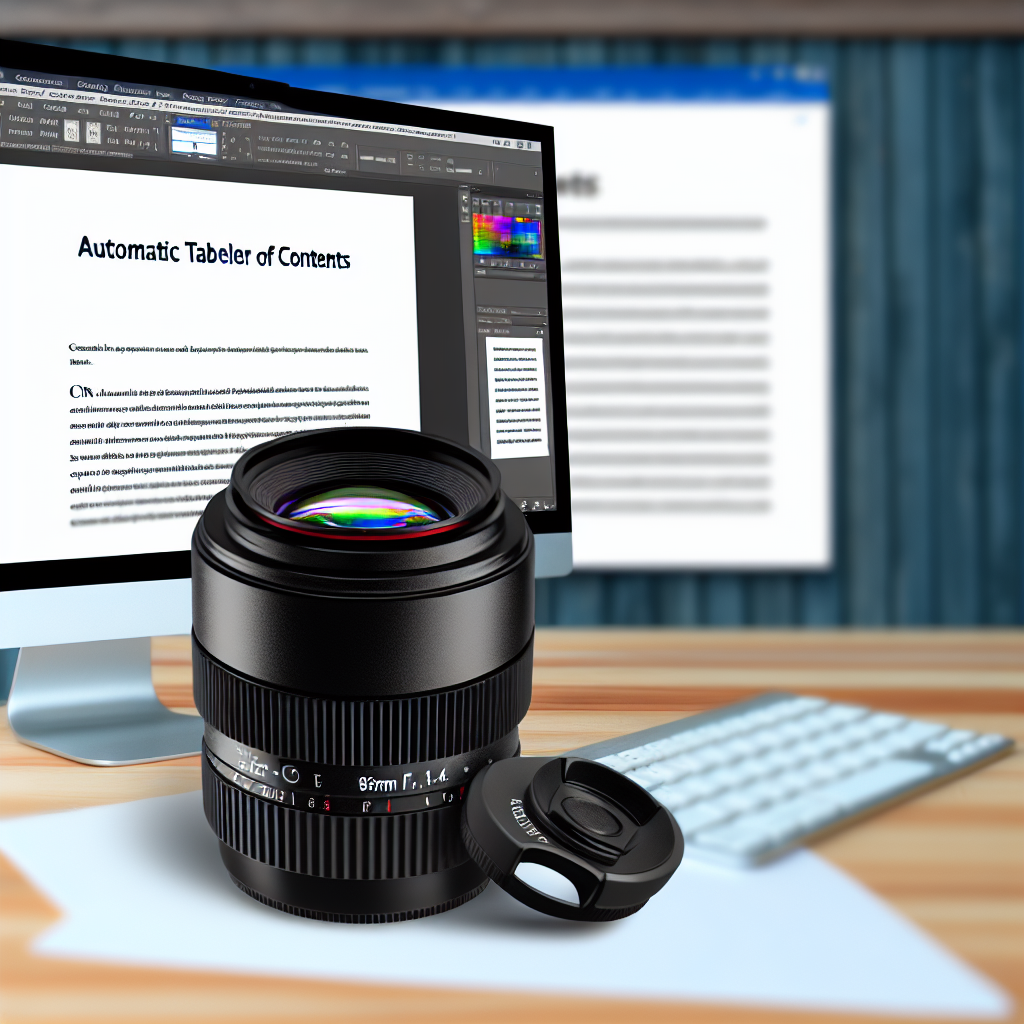Creating an automatic Table of Contents (TOC) in Microsoft Word can greatly enhance the navigability and professionalism of your documents. This tutorial will guide you through the essential steps to insert, customize, and update an automatic TOC, making your Word documents more organized and reader-friendly. Whether you’re working on a report, thesis, or manual, mastering this feature is invaluable.
Understanding the Power of Automatic Table of Contents in Word
Word’s automatic TOC feature is designed to efficiently generate a structured outline of your document based on the headings you assign. By using styles such as Heading 1, Heading 2, and Heading 3, Word can recognize different sections and subsections, then compile these into an organized list. This eliminates the need for manual entries, especially in lengthy documents.
To utilize this feature effectively, it’s essential to understand the hierarchy of headings and ensure you consistently apply styles throughout your document. The automation not only saves time but also ensures accuracy when updating the TOC as your document evolves.
Creating and Customizing an Automatic Table of Contents in Word
Follow these steps to insert an automatic TOC in your Word document:
- Apply heading styles: Highlight the titles and subtitles within your document and select the appropriate Heading style from the Styles group on the Home tab. Typically, use Heading 1 for main sections, Heading 2 for subsections, and so on.
- Insert the TOC: Place your cursor where you want the TOC to appear (usually at the beginning). Then go to the References tab and click on Table of Contents. You will see several built-in styles; choose one that suits your needs, or select Custom Table of Contents for more options.
- Customize the appearance: In the dialog box, you can choose which heading levels to include, modify styles, or change the overall look. Click OK to insert the TOC into your document.
- Update the TOC: As you edit and add content, right-click the TOC and select Update Field. Choose to update page numbers only or the entire table to reflect the latest structure.
By customizing the TOC, you can control the depth of headings displayed, change formatting, and even add hyperlinks. This flexibility allows you to tailor the document to professional standards or personal preferences.
Conclusion
In summary, creating an automatic Table of Contents in Word enhances document organization and improves user navigation. By applying heading styles, inserting the TOC through the References tab, and customizing it to your needs, you can produce professional, dynamic documents. Mastering this feature is essential for anyone looking to streamline their document management and presentation.
